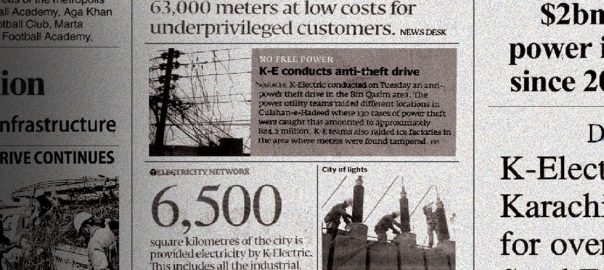Karachi – July 17, 2020: K-Electric (KE) launches a wide-spread safety awareness campaign, ahead of a monsoon season that is predicted by the Pakistan Meteorological Department to be higher than last year. The power utility has reiterated the importance of collective and individual responsibility for public safety and has reissued the call to keep safe distance from electricity infrastructure.
KE has cautioned people to maintain at least 3 meters distance from power infrastructure including poles, transformers, downed cables, low-hanging power lines and trees that have fallen on power lines. In addition, cognizant of the high numbers of electrocution incidents occurring inside homes, K-Electric has also advised that electric sockets/switches and electrical devices/equipment such as water pumps and motors should not touched if exposed to water or rain and young children in particular should be kept under close watch. At the same time, the power utility is also continuing its drive to remove unsafe encroachments including TV and internet cables, light switches and kundas from electricity equipment. Such encroachments not only damage power infrastructure, they bypass safety mechanisms and are a leading cause of electrocutions during monsoon.
Considering the onset of Eid activities, sacrificial animals in particular should not be tied to or near electric poles, nor should hanging lights be used. During rain, uncontrollable factors including wind, lightning and breakage can often lead to power disruption. In some areas, power is suspended as a precautionary measure as kunda-infested and waterlogged areas are susceptible to electrocution incidents. Low-lying areas of Karachi especially experience waterlogging and urban flooding during rains and and coordinated efforts by all agencies are necessary to address the safety and operational challenges created due to standing rainwater. This is necessary for undertaking necessary timely power maintenance and restoration activities. The power utility follows an order of priority in each area for restoration, addressing emergencies on priorities followed by repair of damaged high-voltage lines, feeders, or substations and then localized faults.


